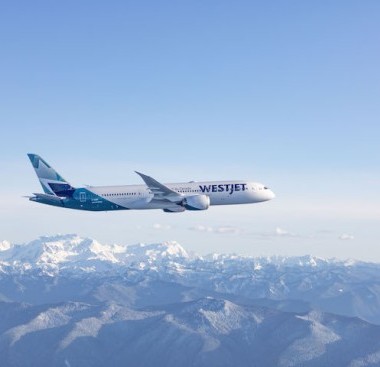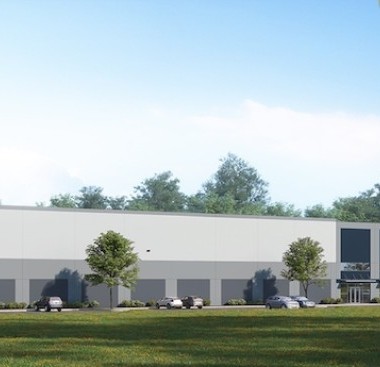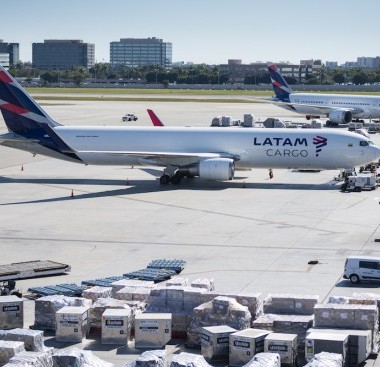G&W’s rail portfolio links Northeast’s ports and freight
You might not recognize the name Genesee & Wyoming (G&W), but it is the biggest short rail holding company in the world. And in the Northeast, it is a key driver that keeps the region’s freight rolling.
Northeast Roots
The 125 year old Genesee & Wyoming railroad isn’t a name that most people in the Northeast would recognize but the G&W as it is known, is a key facilitator when it comes to moving the region’s freight.
But what about that name? Rather than looking to the far west the moniker comes from two aptly named counties in upstate New York: Genesee and Wyoming, hence the G&W.
The Darien, Connecticut-based G&W owns or operates 122 “shortline” railroads, which cumulatively amounts to around 13,000 track-miles — enough trackage to make the company number six in the nation in track length just behind the well-known Class 1 rail companies.
The G&W’s (originally Genesee and Wyoming Railroad) roots go back to 1899 when Edward L. Fuller purchased it out of a bankruptcy. At that time, the railroad was operating as a 14.5-mile long (23.3 km) single-track line serving a salt mine owned by Fuller in Retsof, New York. In 1977 it was still operating the same shortline when Mortimer B. Fuller, the great grandson, purchased the railroad in 1977. Fuller eventually turned the G&W into a rail holding company acquiring rail shortlines in the US, Canada and even abroad.
Many of these railroads are well-known names in the Northeast, like Providence and Worcester, New England Central Rail, Connecticut Southern and St Lawrence and Atlantic (see rail map below) — all of which now operate under the G&W banner.
G&W’s North American operations are divided into two main groups: the National Region, which covers a large portion of the Northeast and Great Lakes regions of North America (it also has a section in Western Canada) and the American Region which ranges from the Southeast all the way to the Pacific Coast.

Importance of Ports
The Northeast region ports are vitally important to G&W’s rail operations. As Ed Foley, AVP Marketing and Sales Northeast/Canada pointed out in an interview with the AJOT, “If we look in the Northeast division, port operations represent about 31% of carloads touched.” This is a big tally for a railroad — albeit a collection of railroads.
G&W operations in the Northeast, Great Lakes and Canada include rail services to nine ports with two other port projects underway in Connecticut.
It’s easy to see the importance the region’s ports play in G&W’s network. In the Northeast [served by New England Central Rail (NECR) and Providence and Worcester Railroad (PWRZ)] 48% of the carloads touch a port which includes Providence, RI; New Haven, CT; Davisville, RI and ICI Worcester MA.
In the Great Lakes segment of the network [Buffalo & Pittsburg Railroad (BPRR)] 10% of the carloads hit a port Buffalo and Pittsburg. While in Canada [Quebec Gatineau Railway (QBRY)] 26% of the carloads are related to either the port of Trois Rivieres or Quebec City.

The Cargo Mix: Sugar Bags to Bladders of Tomato Paste
As diverse as the ports served by G&W are, so is the cargo mix.
For example, in New Haven’s Gateway Terminals the freight includes steel billet, steel plate, coil and biodiesel. In the Port of Providence, the rail freight includes chemicals, cement, lumber, scrap steel, ethanol and butane. Port of Davisville which accounts for 17% of Providence & Worcester’s carloads is lumber, propane, waste, auto and plastics.
As Foley elaborated, “The Port of Davisville is a significant amount of traffic for us. When you consider it on a one off, one-by-one customer, they’re not that large, but when you combine Seaview Transportation (shortline for Quonset Development property which includes the Port of Davisville see page 16), who delivers all the traffic for the customers in the final mile, it’s pretty significant for us.”
It is an unexpected commodity mix. “And we’re not talking about core port, in terms of coming off the water, but in general on port locations, the waste business has really picked up… who would have thought that construction and demolition debris would become a major commodity coming out of there,” Foley remarked.
G&W also touts an unusual tagline “first and last mile” for a railroad. Something that sounds like it should belong to a parcel delivery company. But with G&W’s extensive port coverage, it is a reality for the rail company.
As Dan Pavick, VP Operations for the Great Lakes Division explained of an unusual freight, “We’re seeing a growing market in some of our areas with food, food materials, inbound pastes, sugars…they [the customer] make all sorts of pasta sauces for distribution… that’s 100% California to Rochester, New York haul. It literally is the last mile.” Adding, “When you see a boxcar full of tomato paste, you realize you can make a lot of stuff with that car.” To which Foley remarked, “You quickly know how important pizza is to the world.” And the tomato paste, which moves in large bladders, is more likely than not loaded on a G&W shortline train for the “first” mile of its long journey to Rochester.
And tomato paste isn’t the only unusual cargo, as up in Buffalo, the G&W handles a large volume of “sugar.” Pavick says of the sweet business, “We have a new customer, Sucro…It’s gigantic sacks of sugar that they unload with a crane. And then they refine it to [use in] all different types of consumer goods, whether it’s for soft drinks, food sweeteners, you name it. It’s all across the board. But it’s literally a lake freighter full of sugar bags.”
And some of the G&W “links” are setting up to deliver freight in the near future. For instance, the Port of New London, Connecticut Gateway Terminals is currently being utilized for wind turbine production as part of Orsted and Connecticut Port Authority (CPA) operations. And while that has been removed from the loading of general freight, Foley expressed optimism, “We do have the opportunity later down the road once they’re complete… if any of those [wind turbine related] components eventually come by rail, we would then serve that port.”
Similar Stories
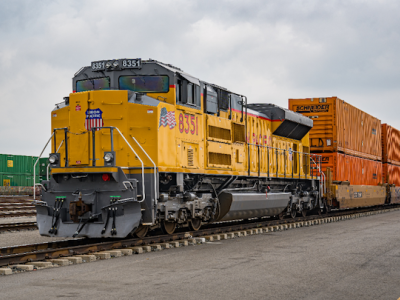
Union Pacific shaves two days off Los Angeles to Chicago route with new service
View ArticleBND Commissioner Ralph Cowen completes final term
After more than a decade of dedicated service, Ralph Cowen, Commissioner, Place 1 of the Brownsville Navigation District (BND) concluded his final term. Cowen did not seek reelection in the…
View Article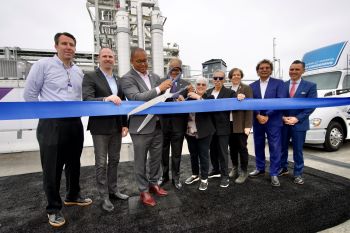
Renewable energy project powers port with hydrogen
View Article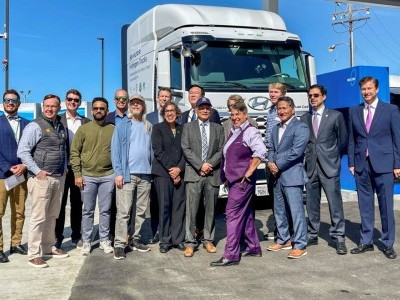
Port of Oakland celebrates hydrogen-powered trucks project
View Article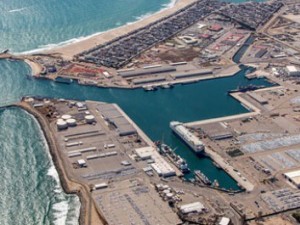
Port of Hueneme signs green automotive shipping corridor agreements
View Article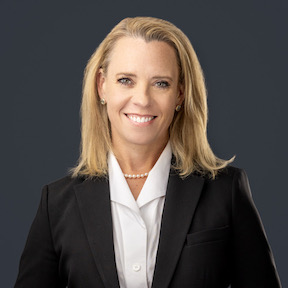
Whalen joins TRAC as EVP, CLO
View ArticleGet the most up-to-date trending news!
SubscribeIndustry updates and weekly newsletter direct to your inbox!
